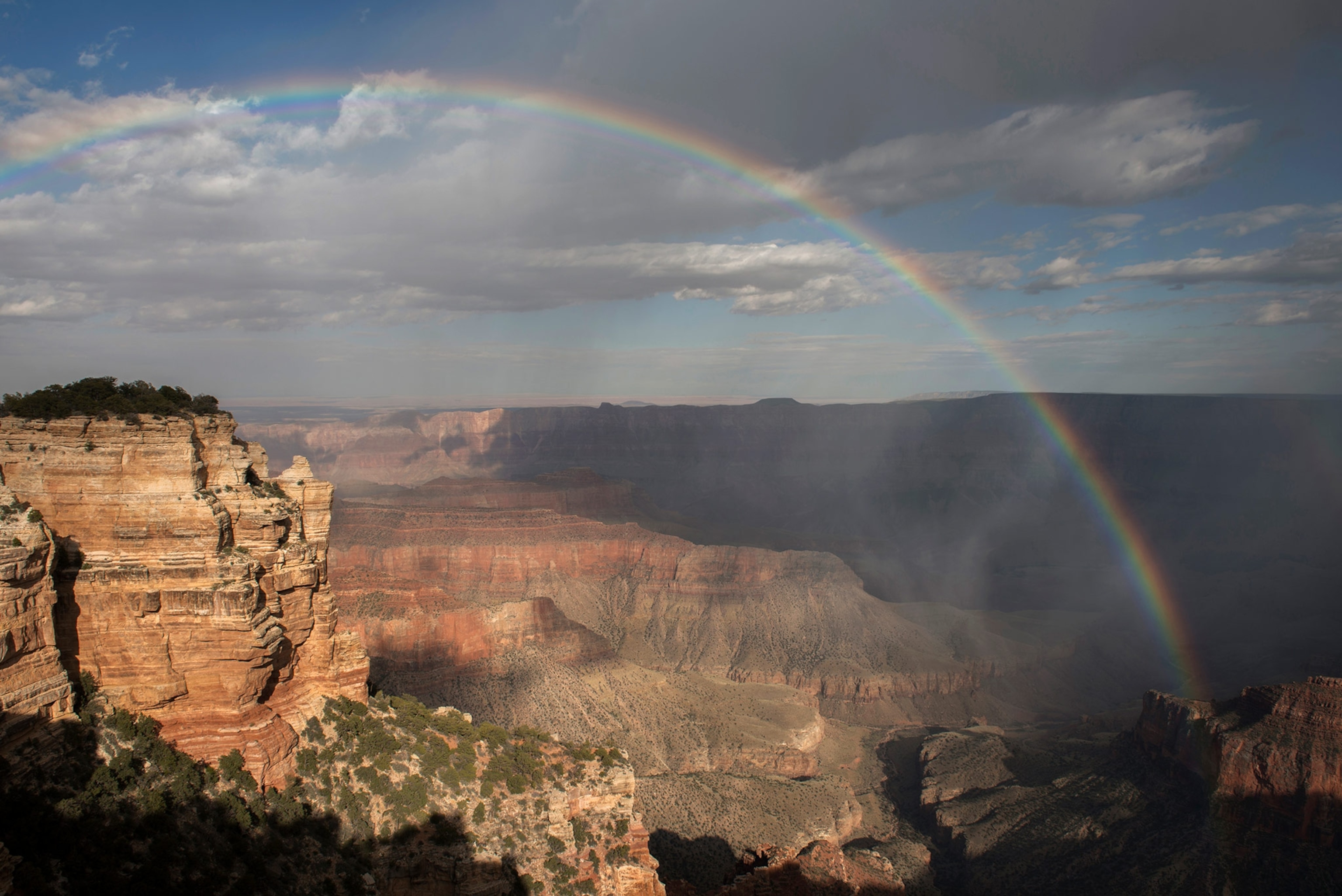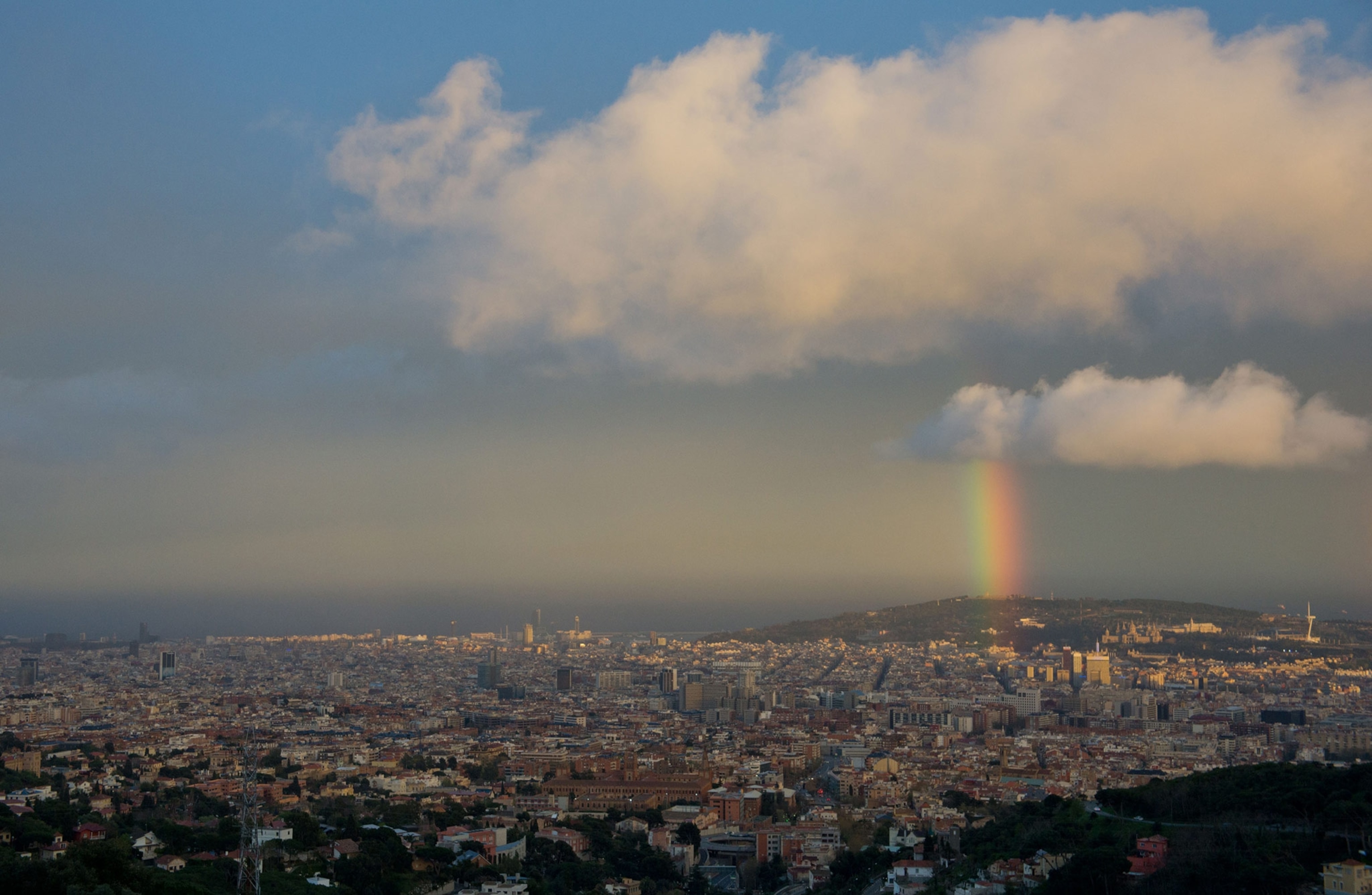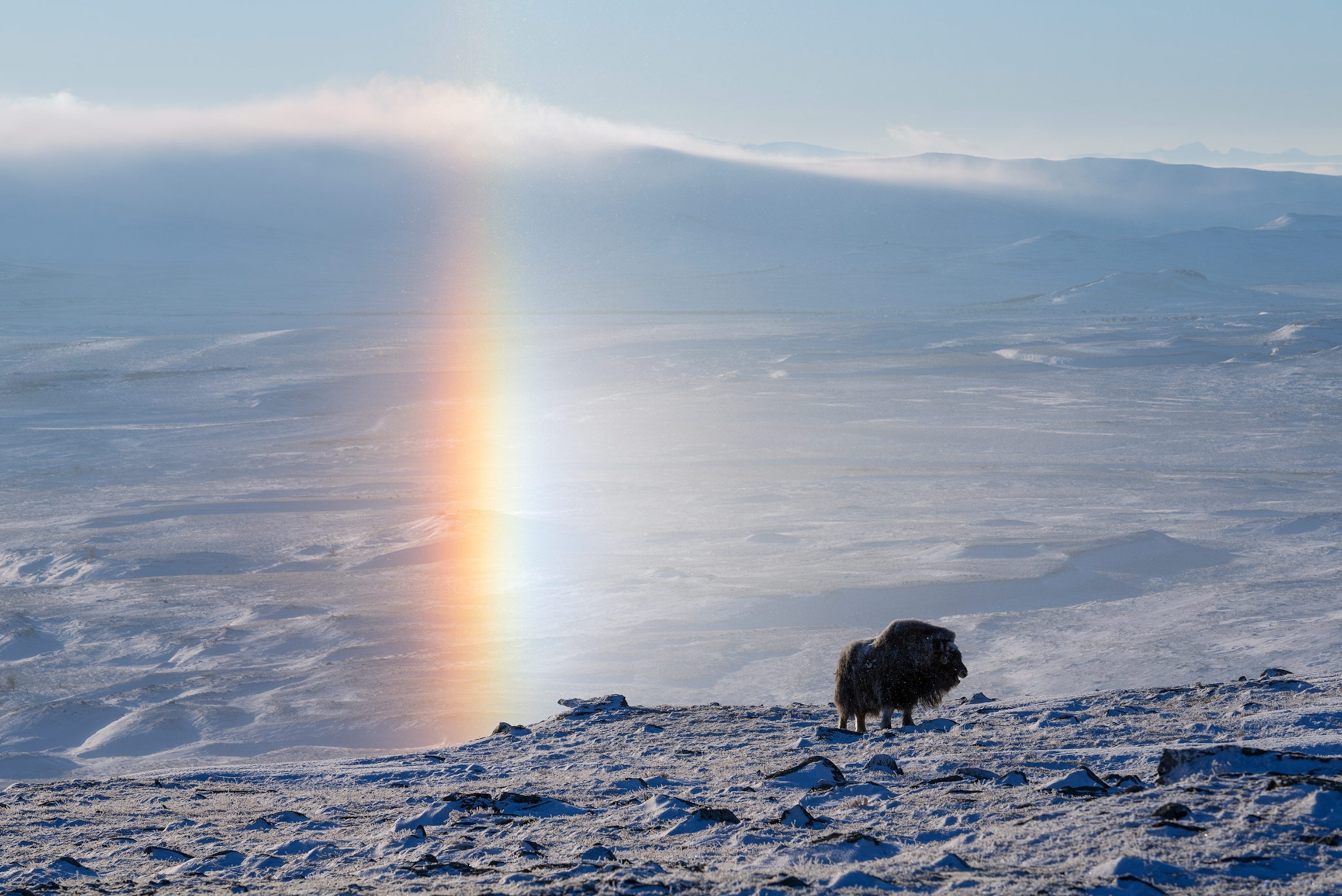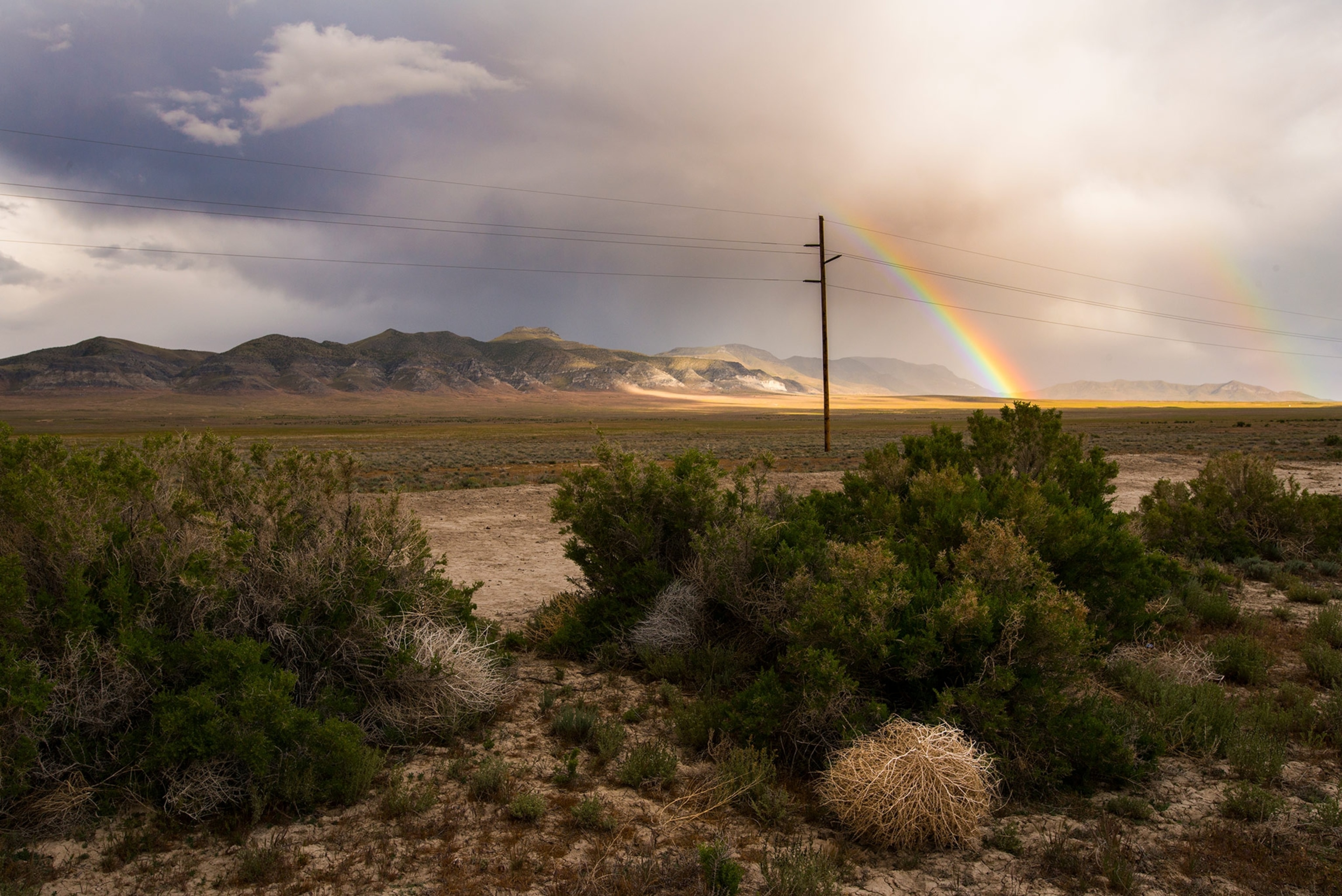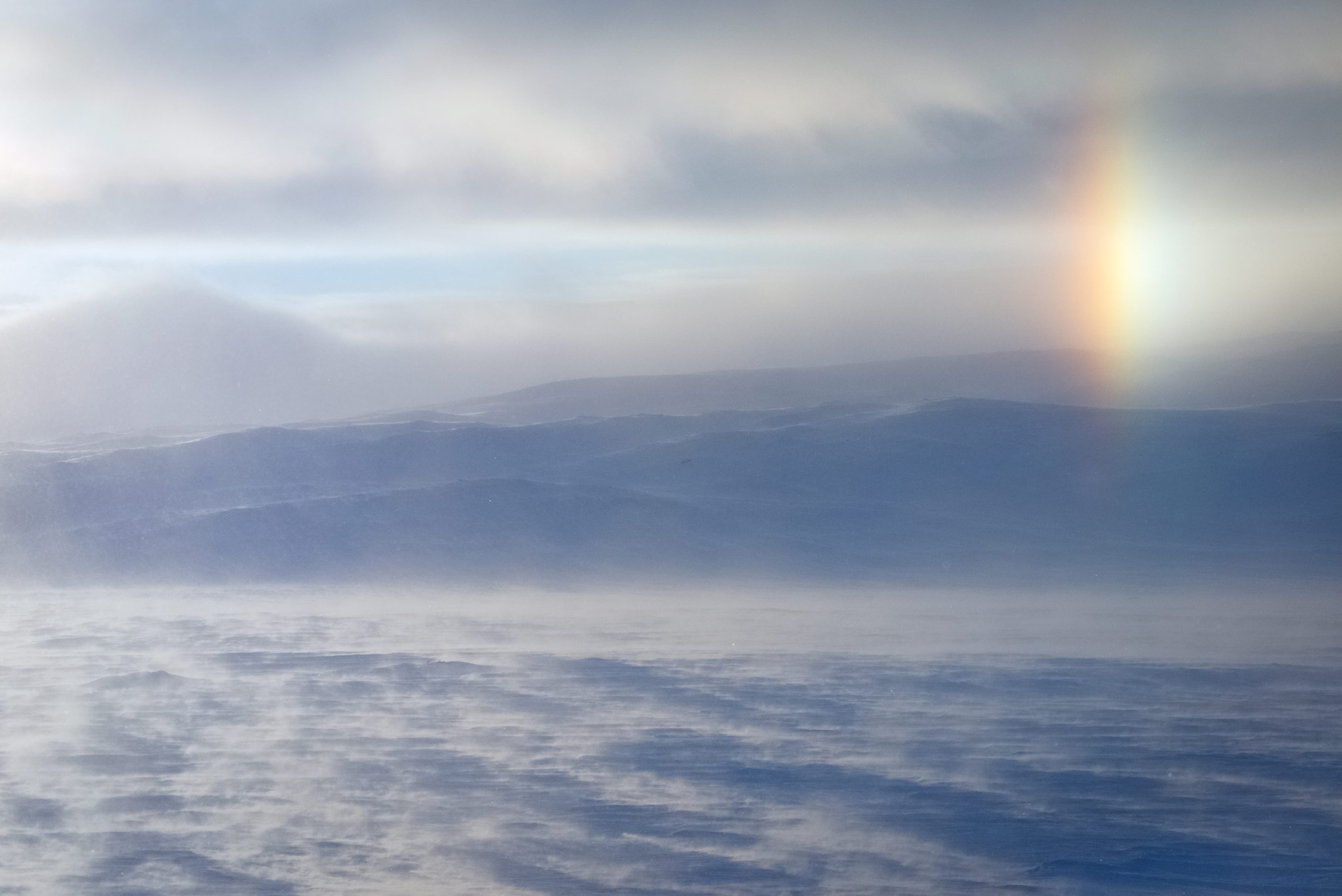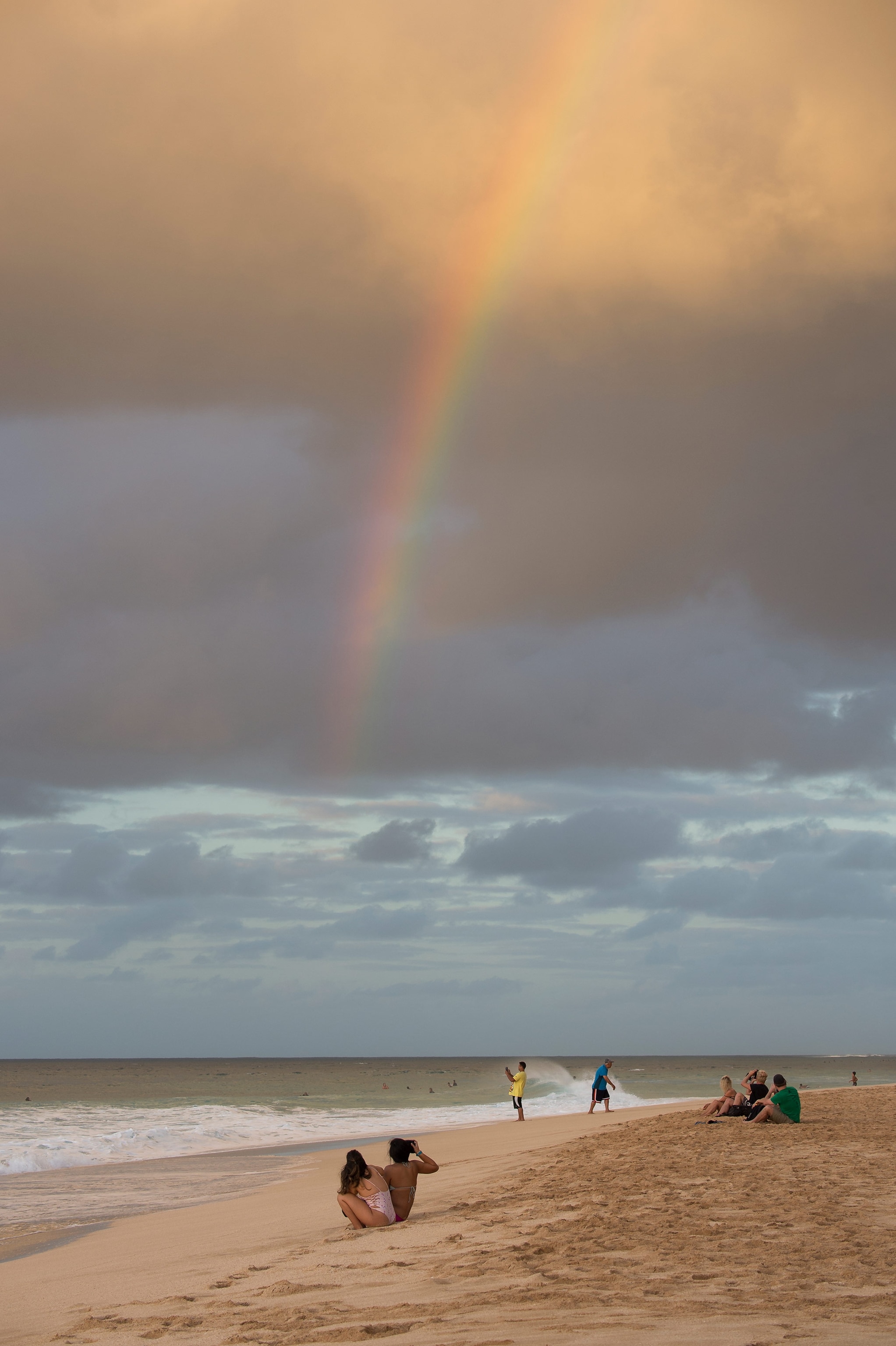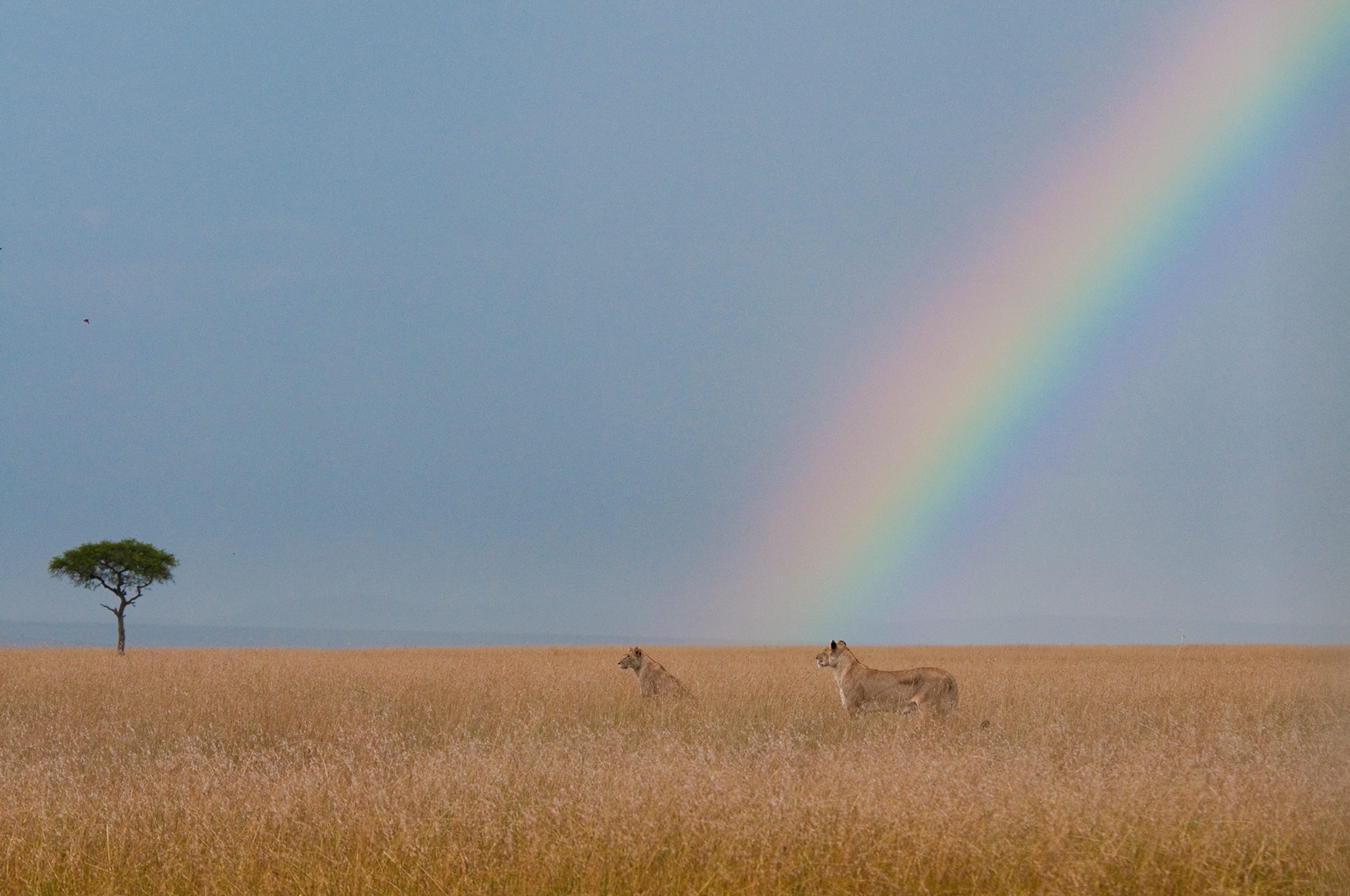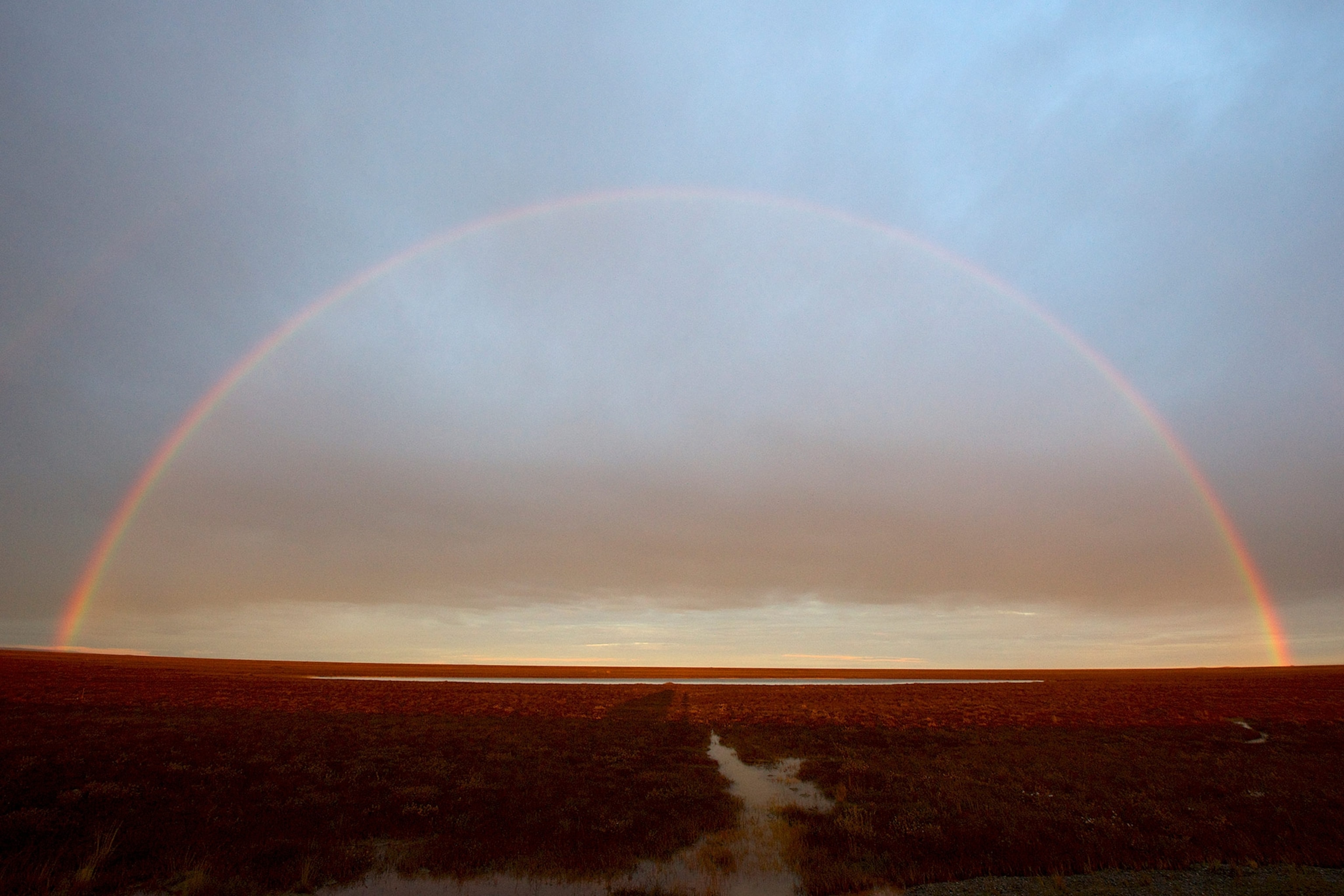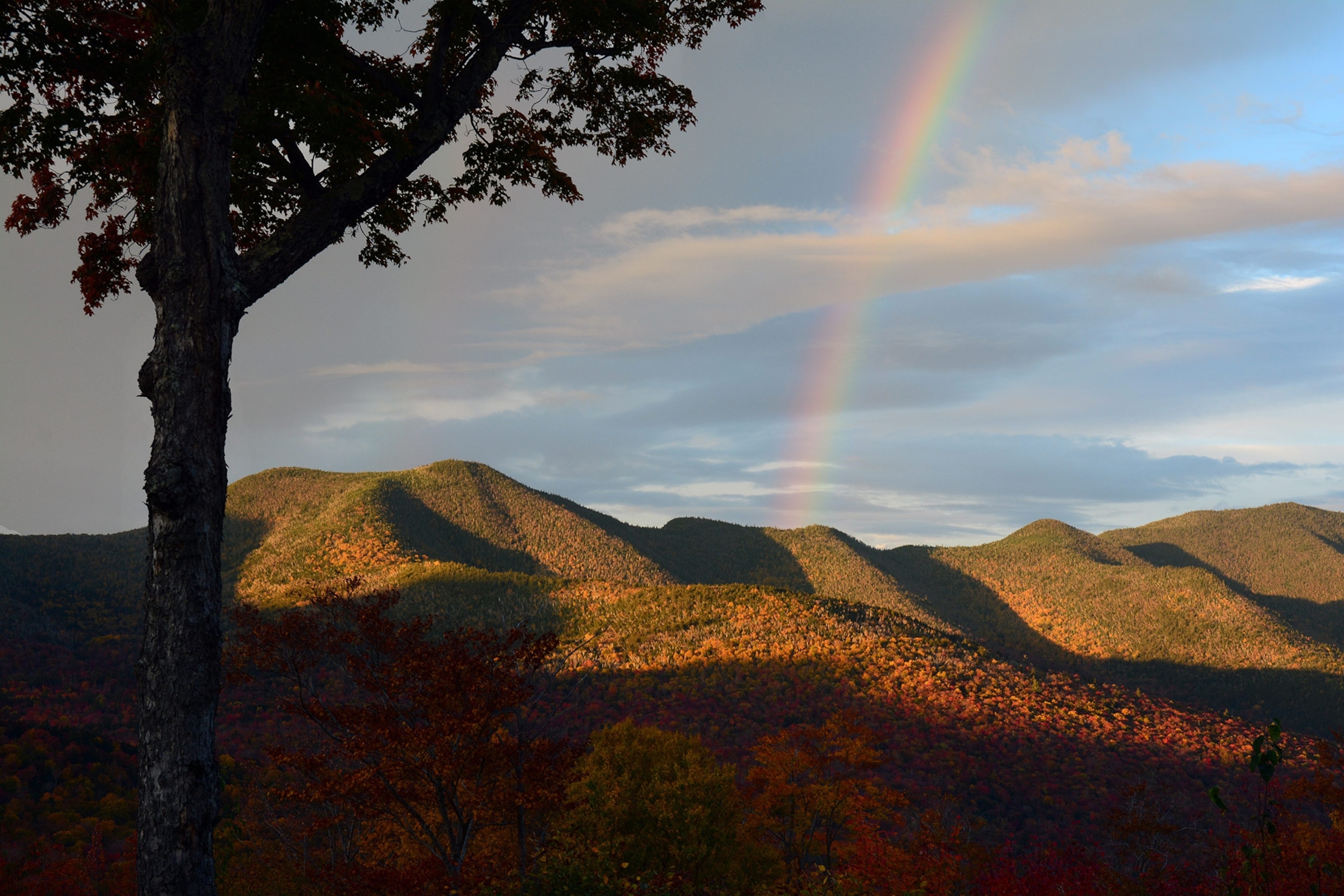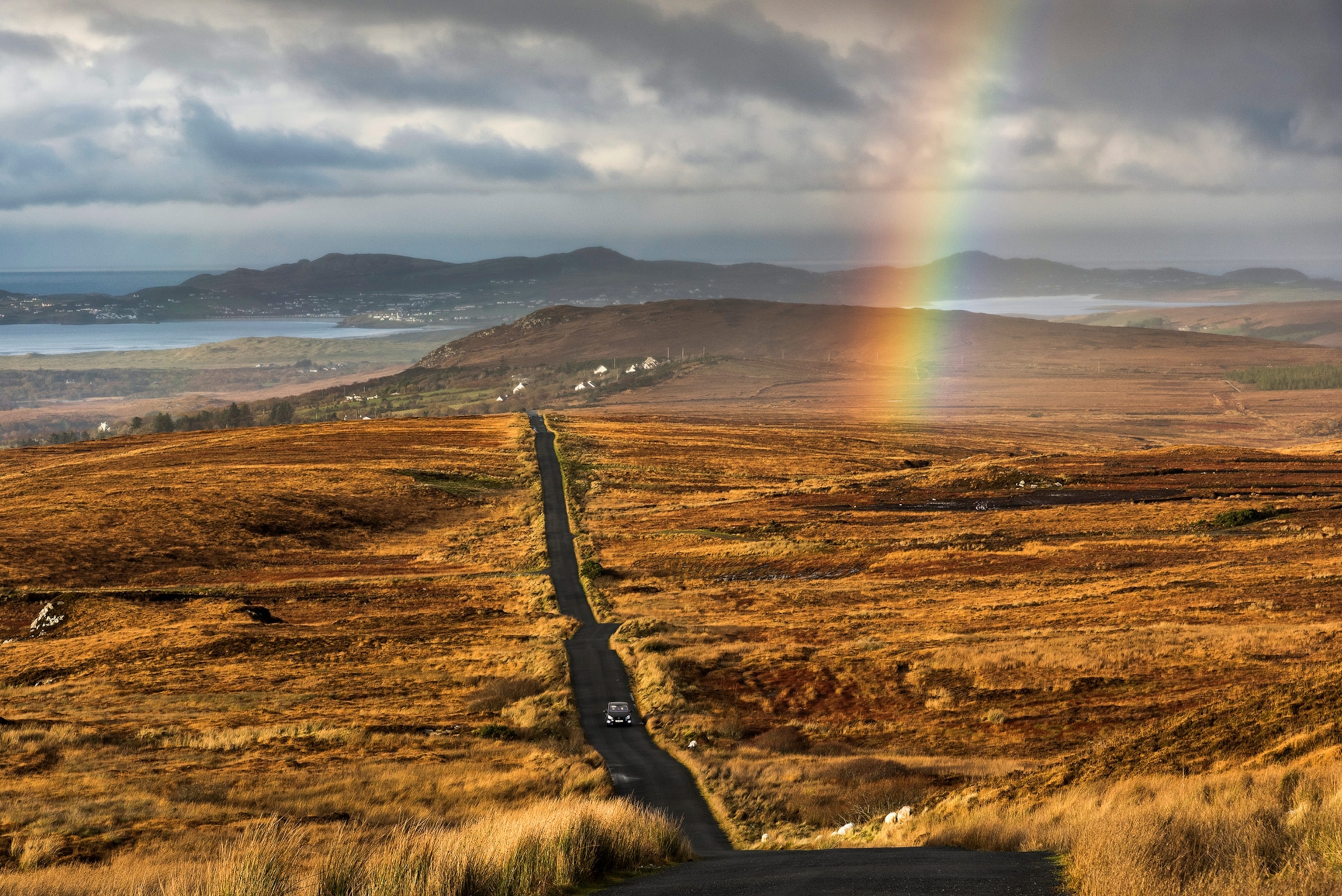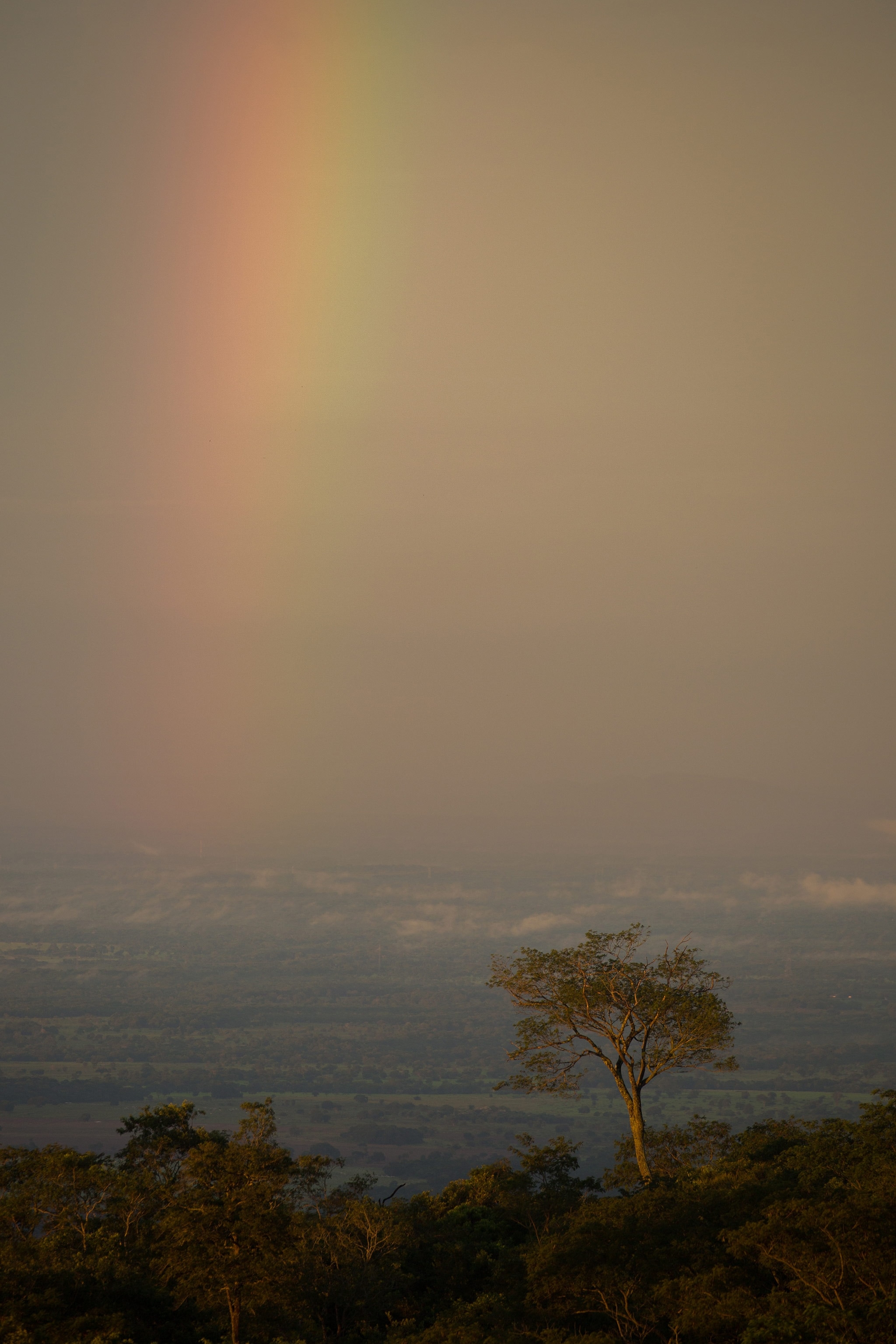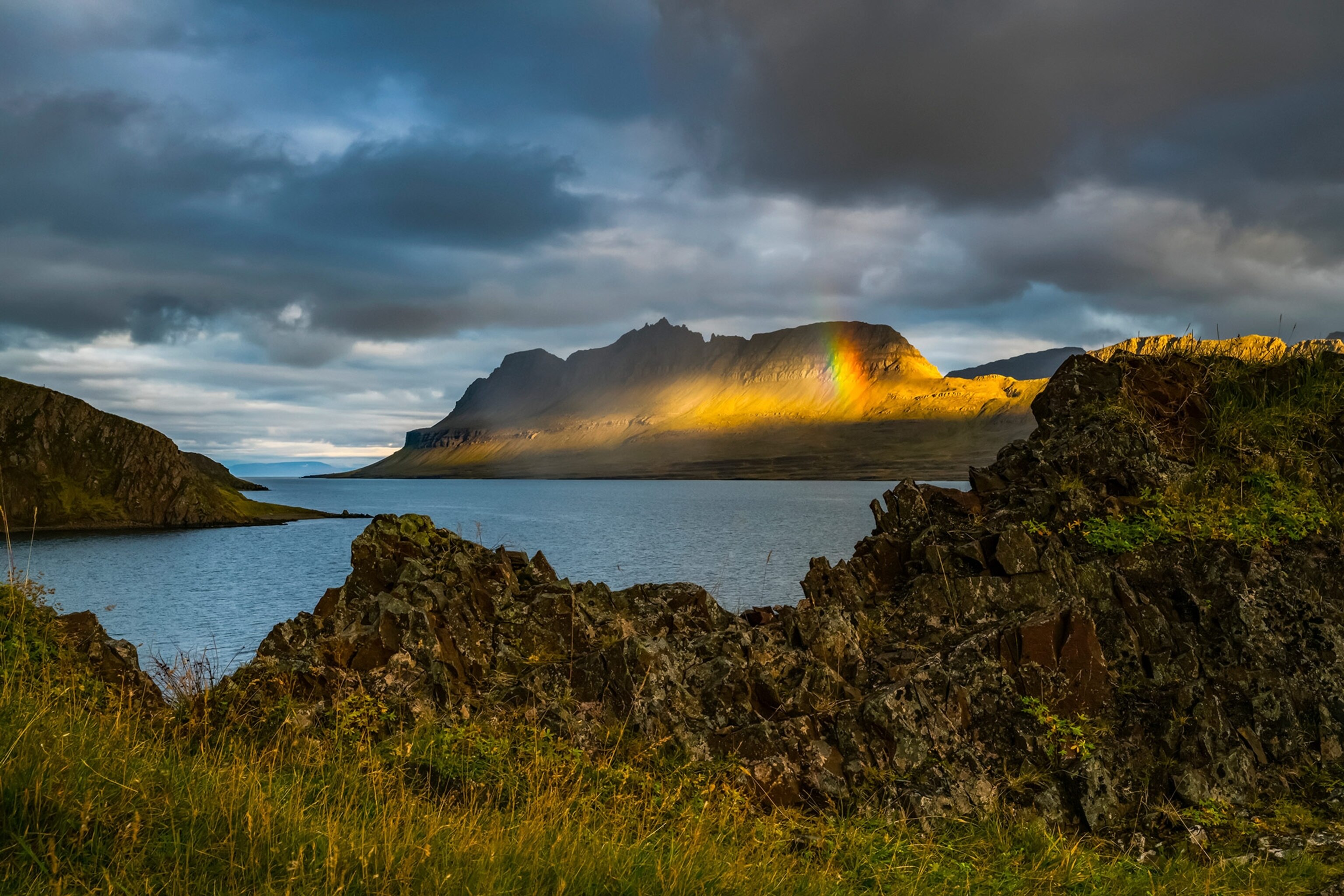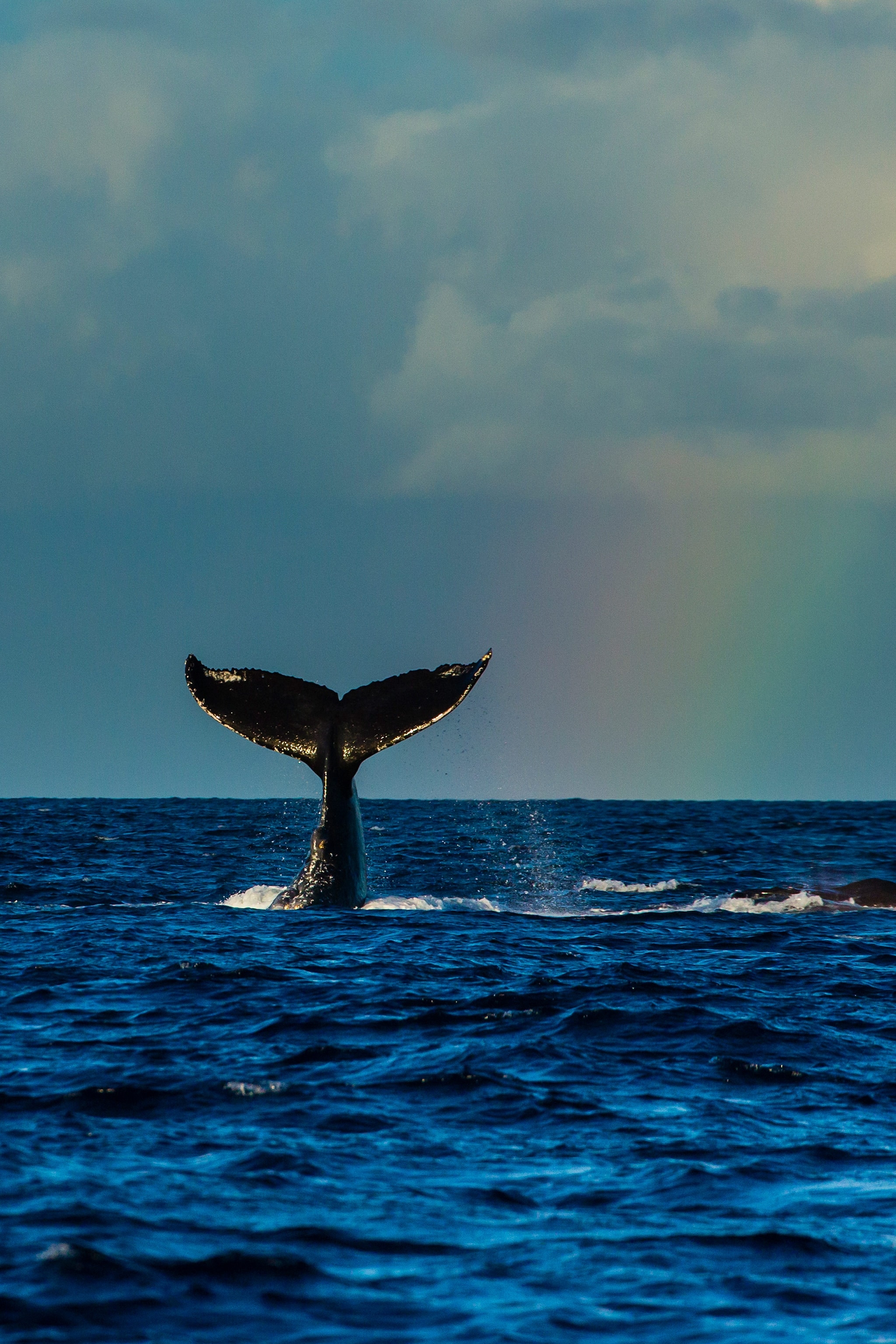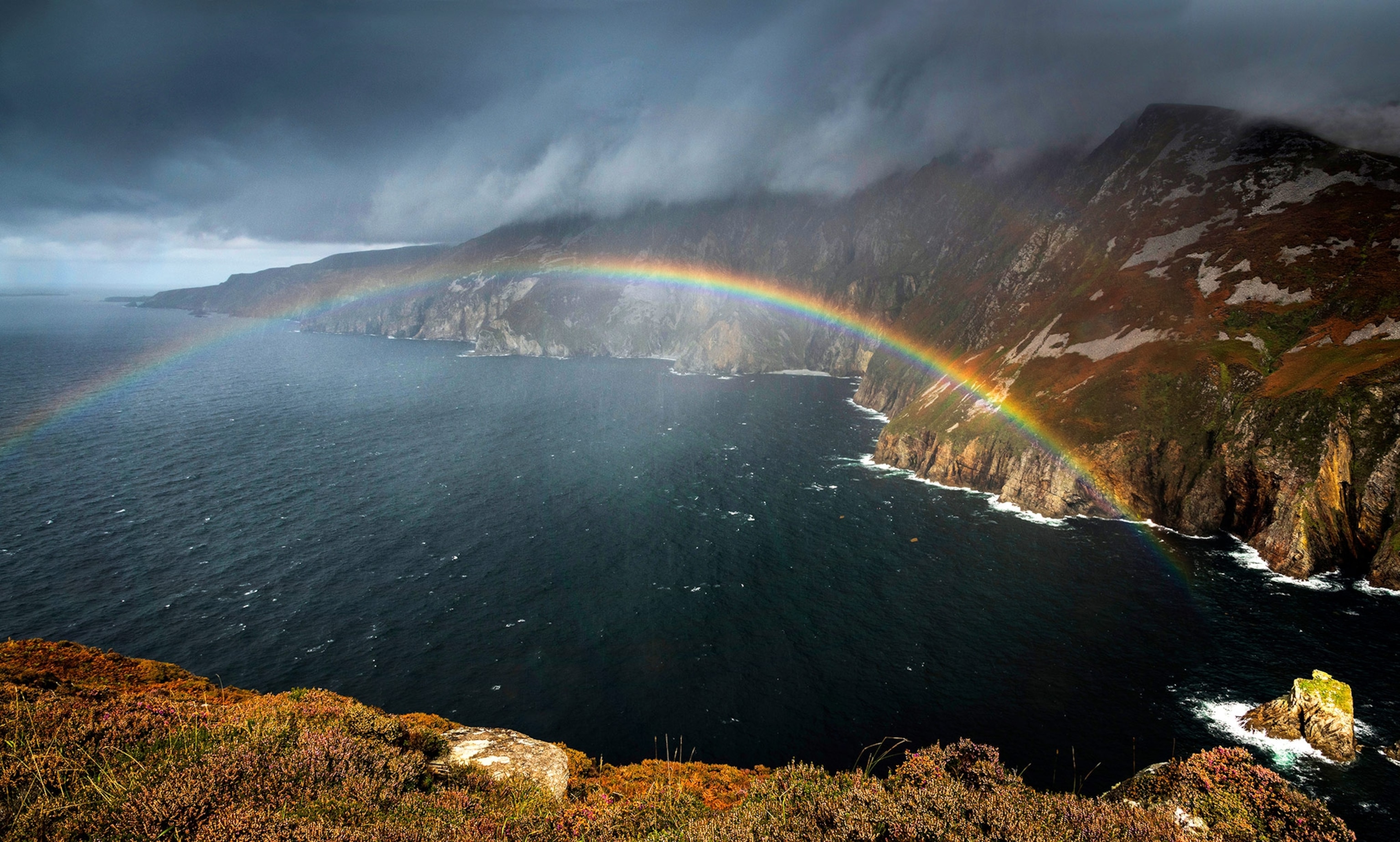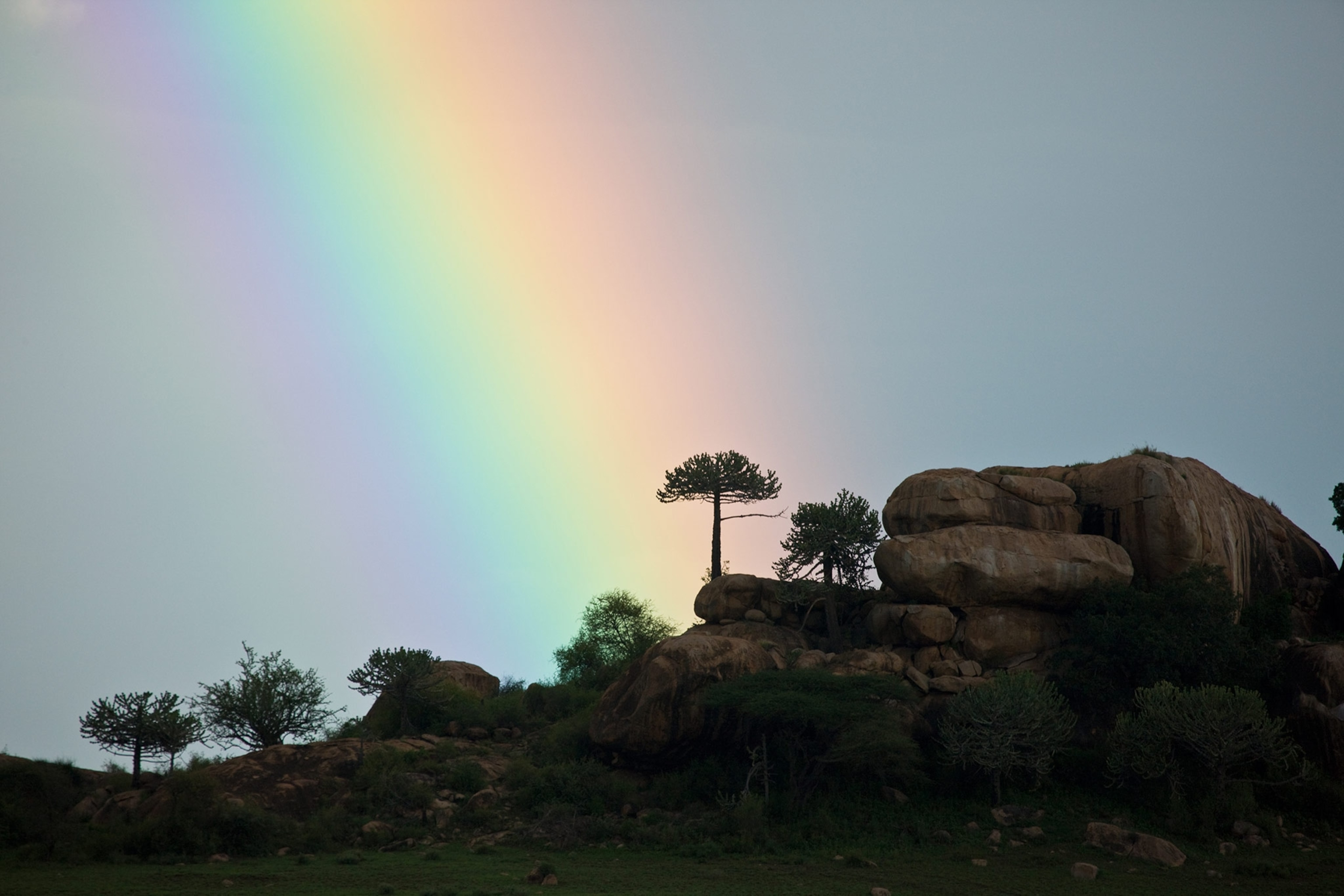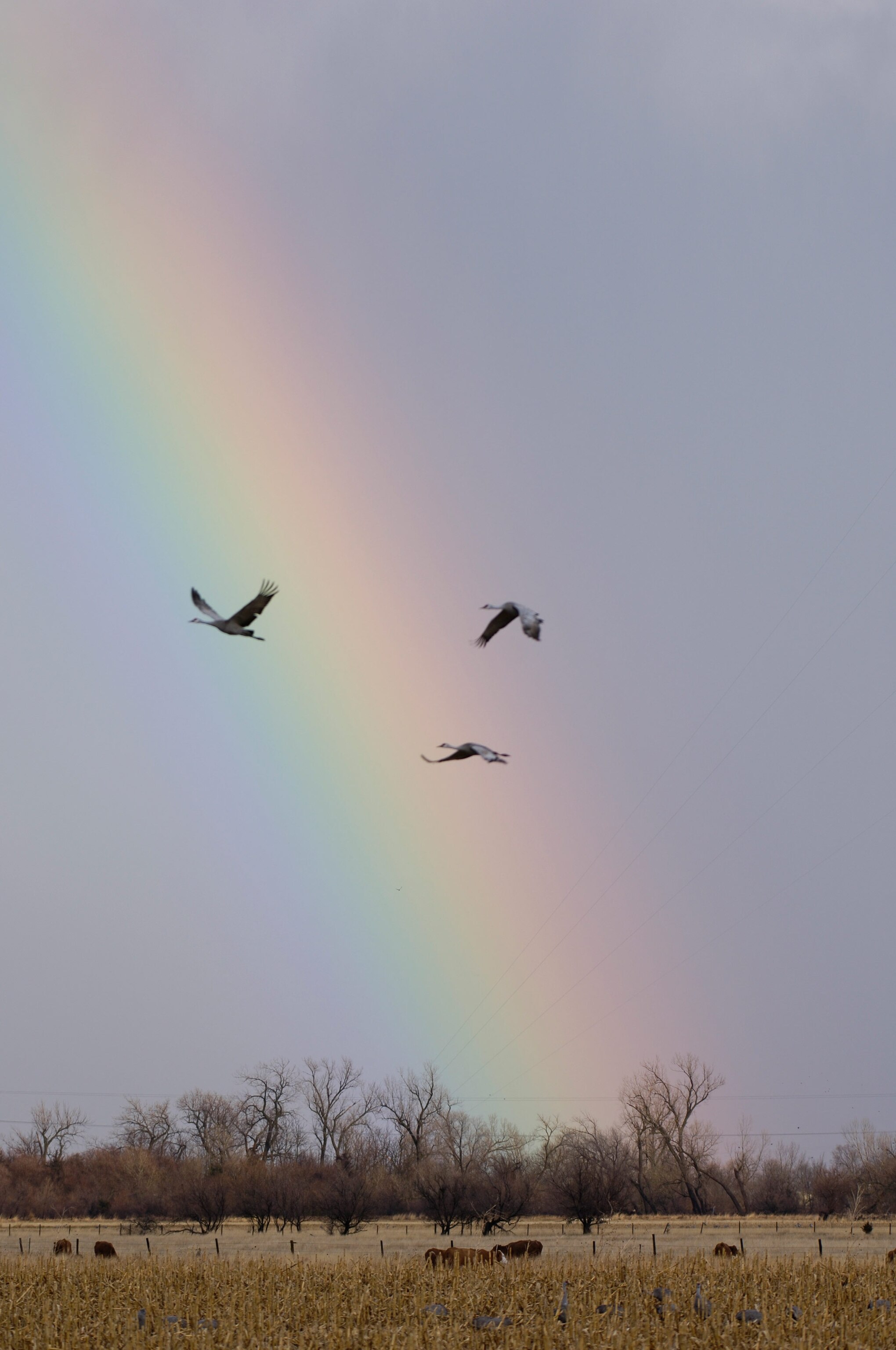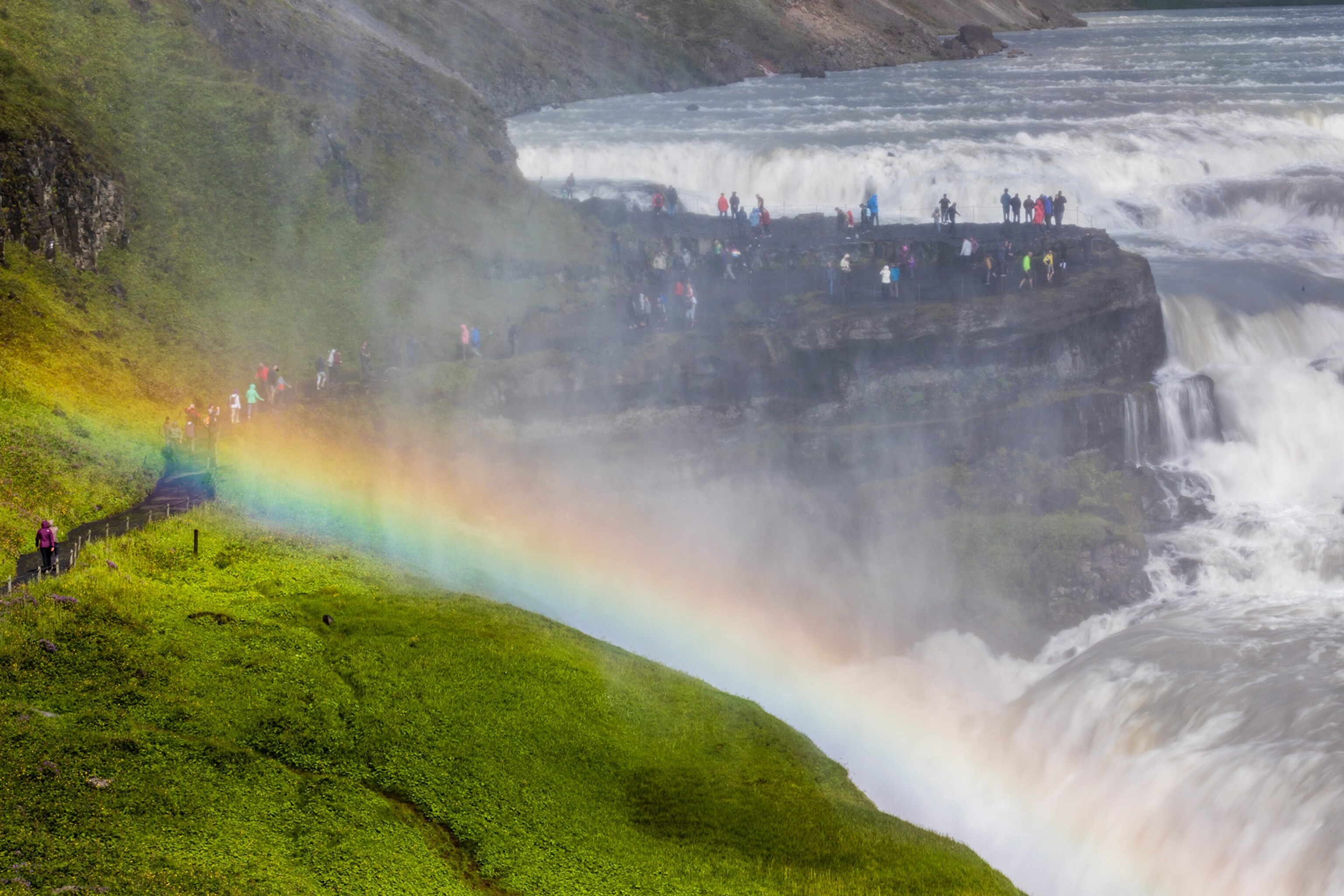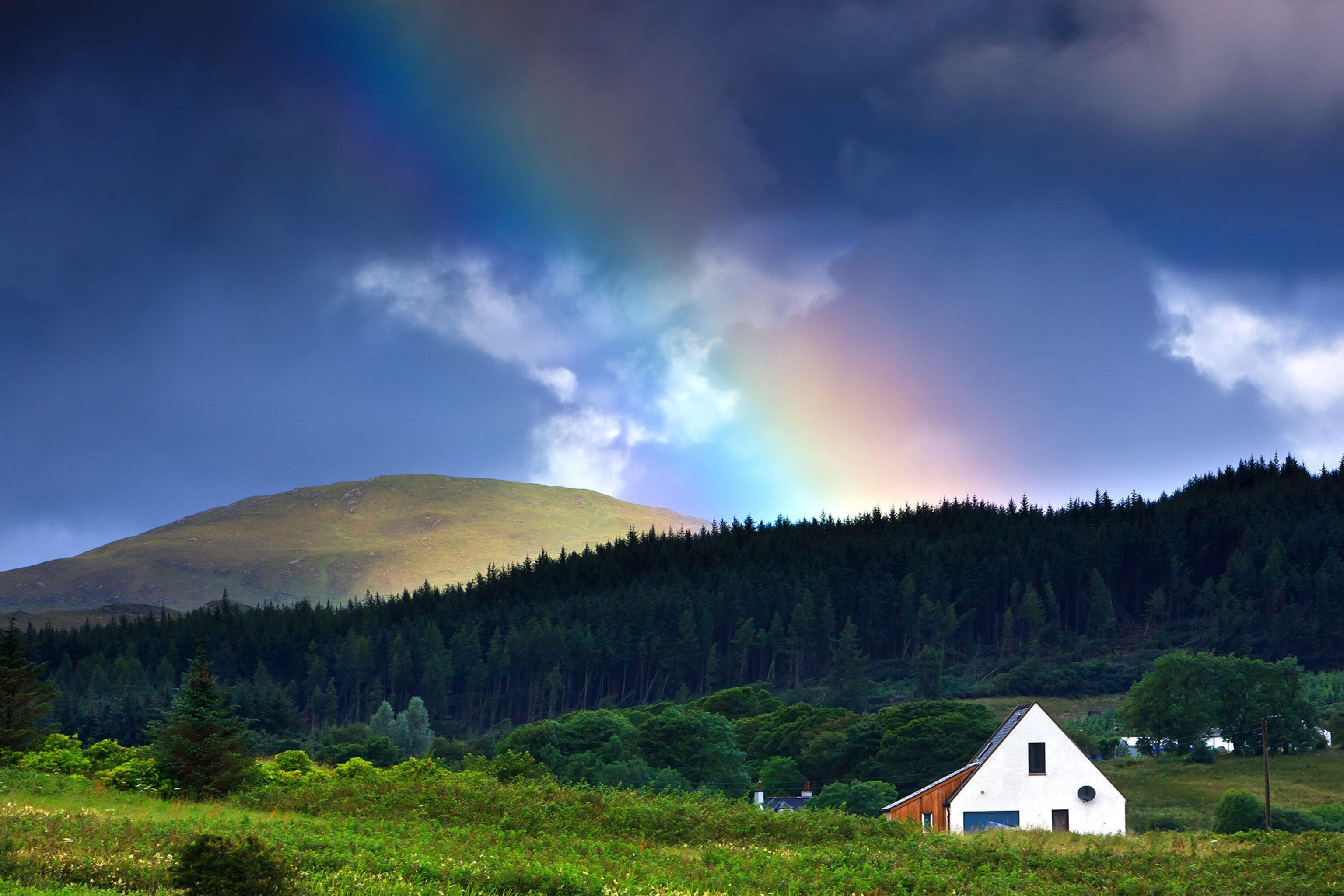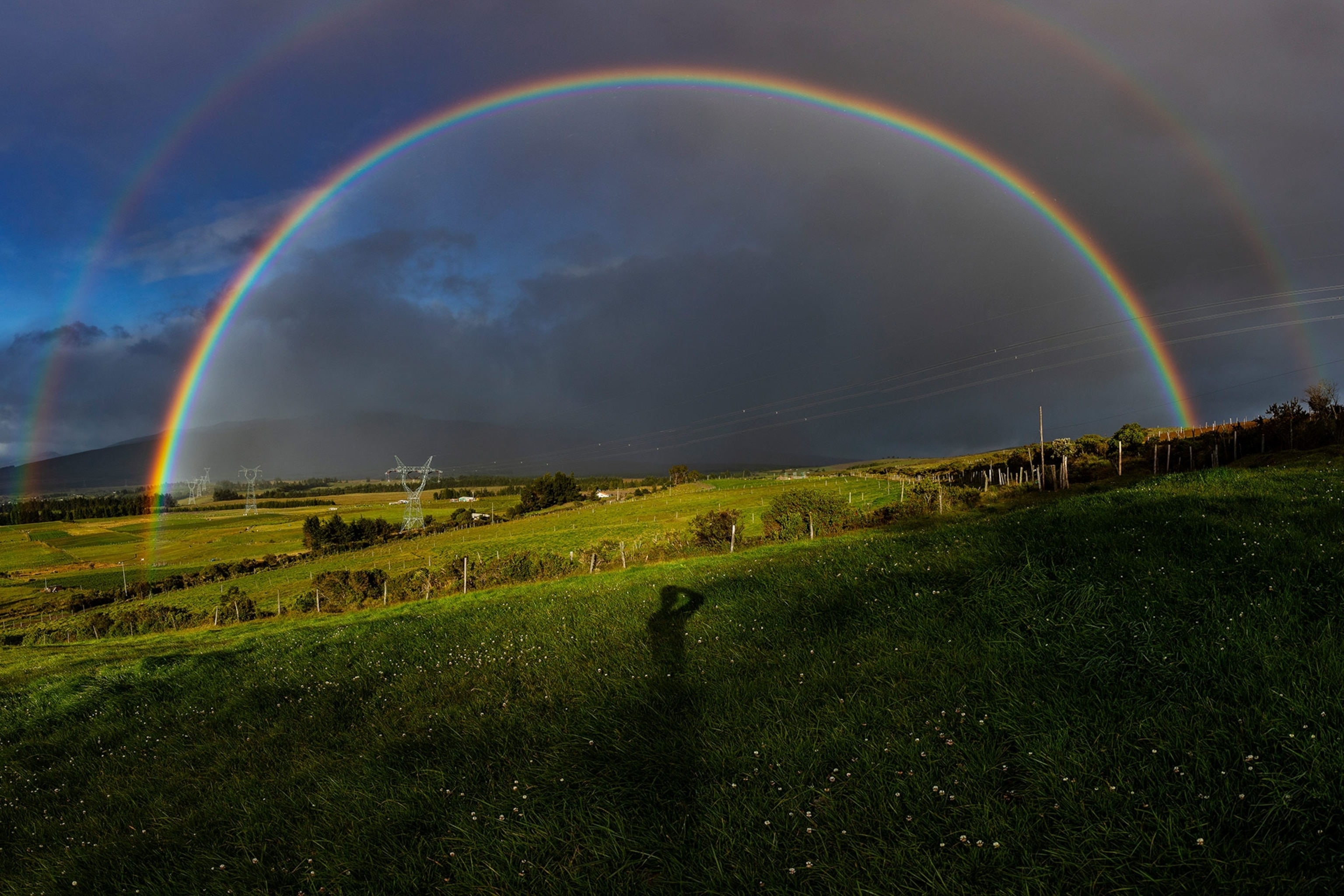24 brilliant pictures of rainbows around the world
The phenomenon has fascinated us for eons—and inspired some amazing images.
Rainbows continue to amaze us today, just as they did in millennia past when they gave rise to legends of supernatural travelers. In Greek mythology, Iris is the rainbow, riding an arc of light to bear messages from the gods to mortals. In Norse lore, too, the earth and heavens are linked—a burning rainbow, passable only by gods and the virtuous who die in battle, bridges our realm with the divine.
In reality, the phenomenon’s origins are much more scientific (though no less fascinating). Three words: reflection, refraction, and dispersion. The pure white light emanating from the sun shines through the water droplets that hang in the air, which reflect and disperse it like countless prisms. When sunlight hits the raindrop’s surface at just the right angle, the beam refracts or “bends,” since the water is denser than the surrounding air. As the light leaves the droplet, it splits into various wavelengths along the spectrum visible to humans, from red (the longest) to violet (the shortest)—with the whole rainbow in between. (See how an artist puts clouds and rainbows in unlikely places.)
Explore these pictures of one of the world’s most colorful attractions. Maybe they’ll inspire you to plan a trip of your own—even if you can’t use rainbows to travel like the myths of old.
- National Geographic Expeditions

